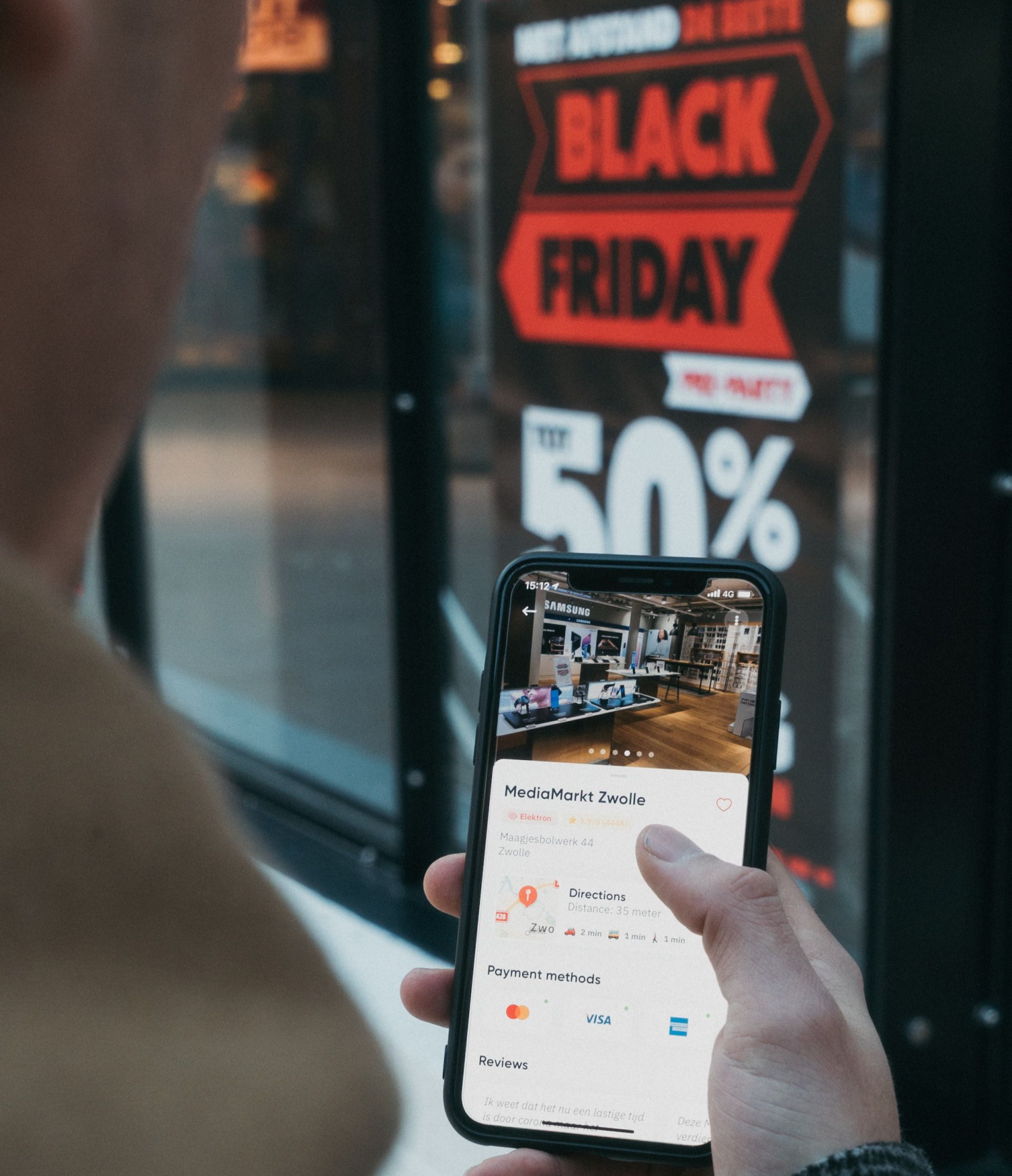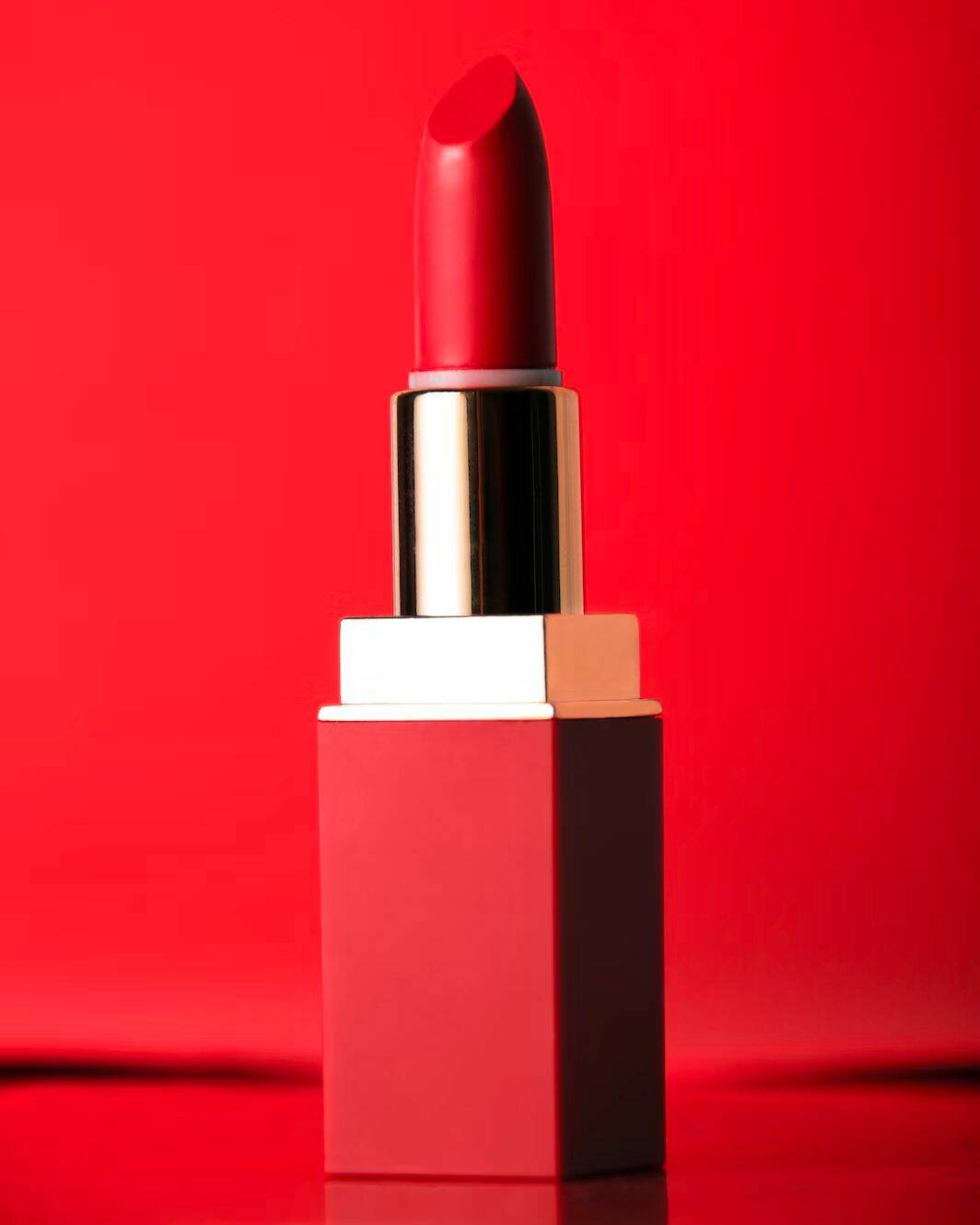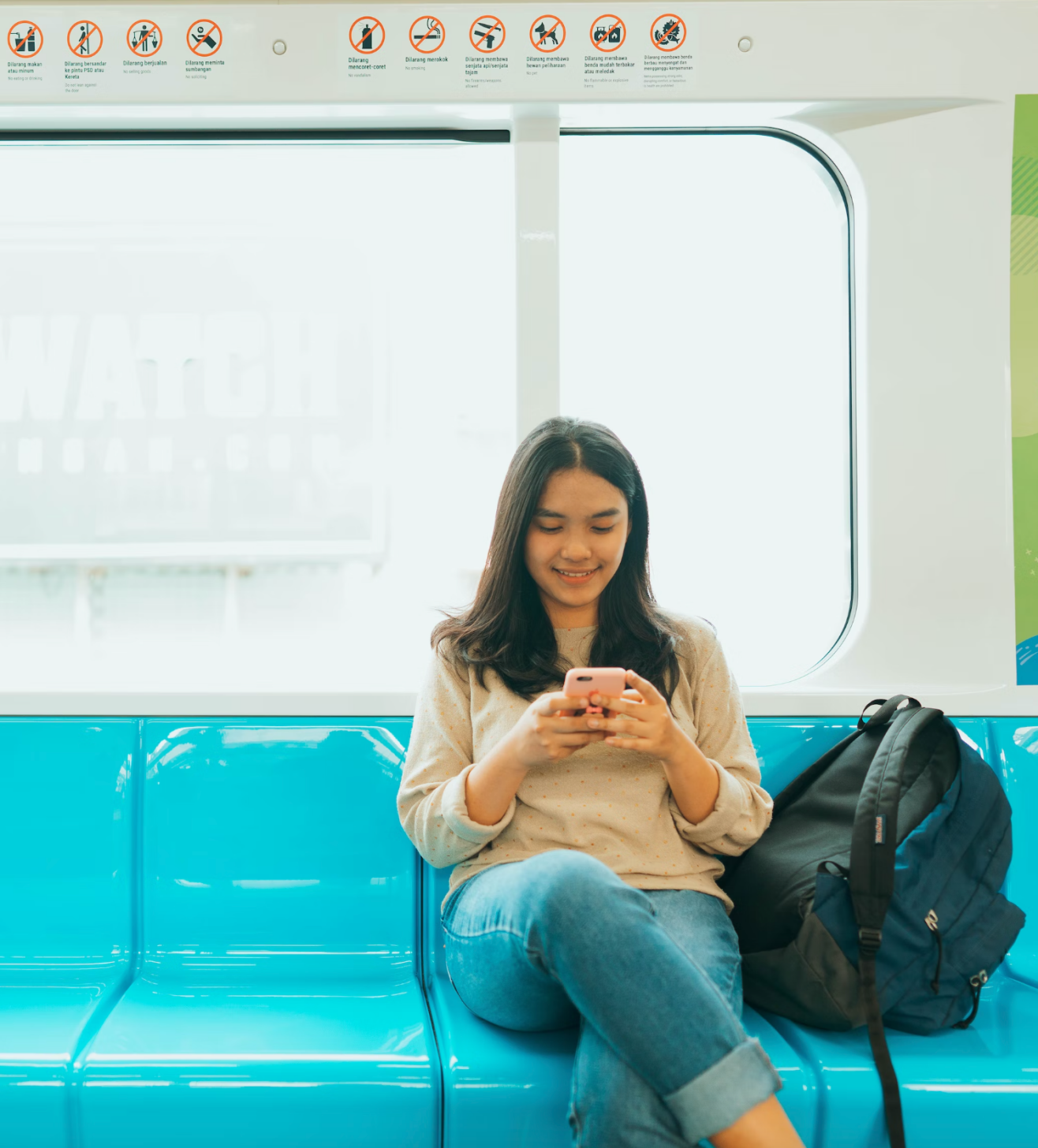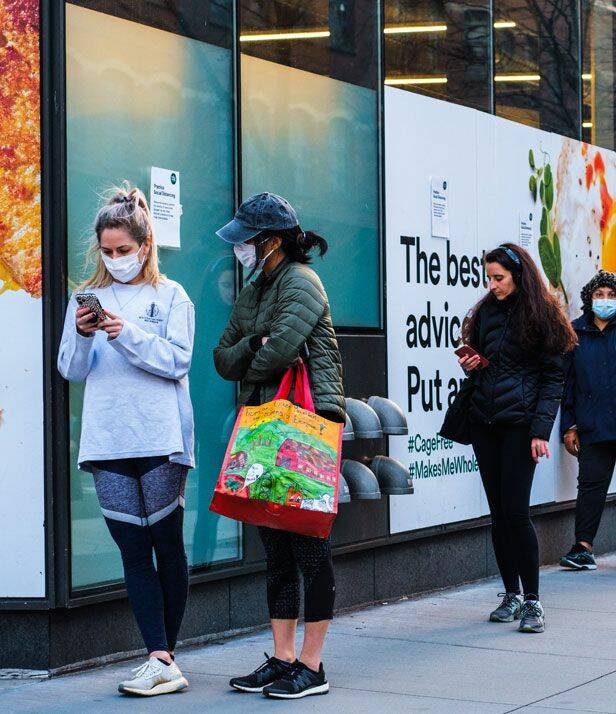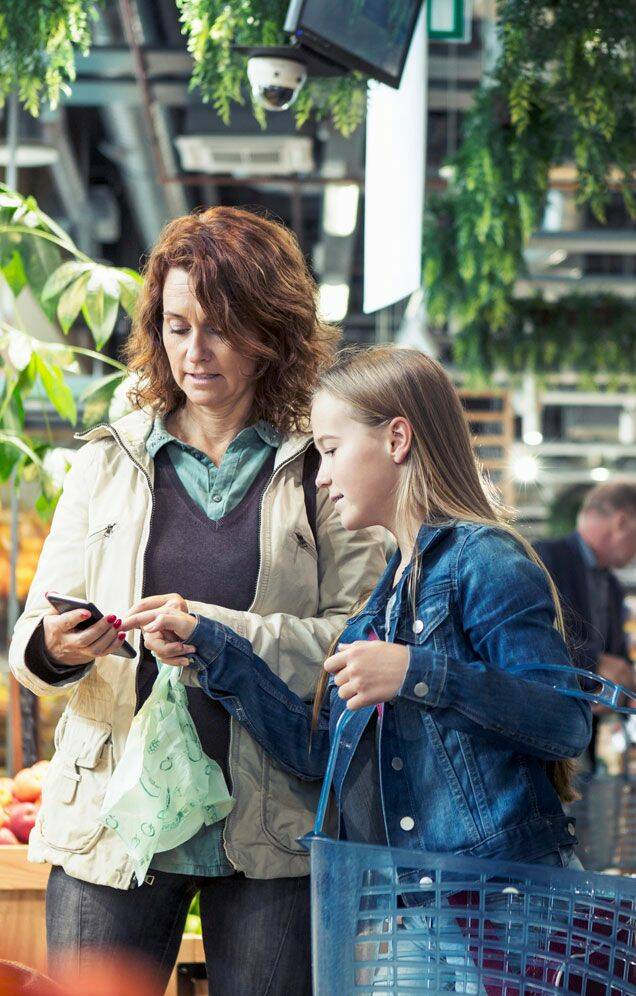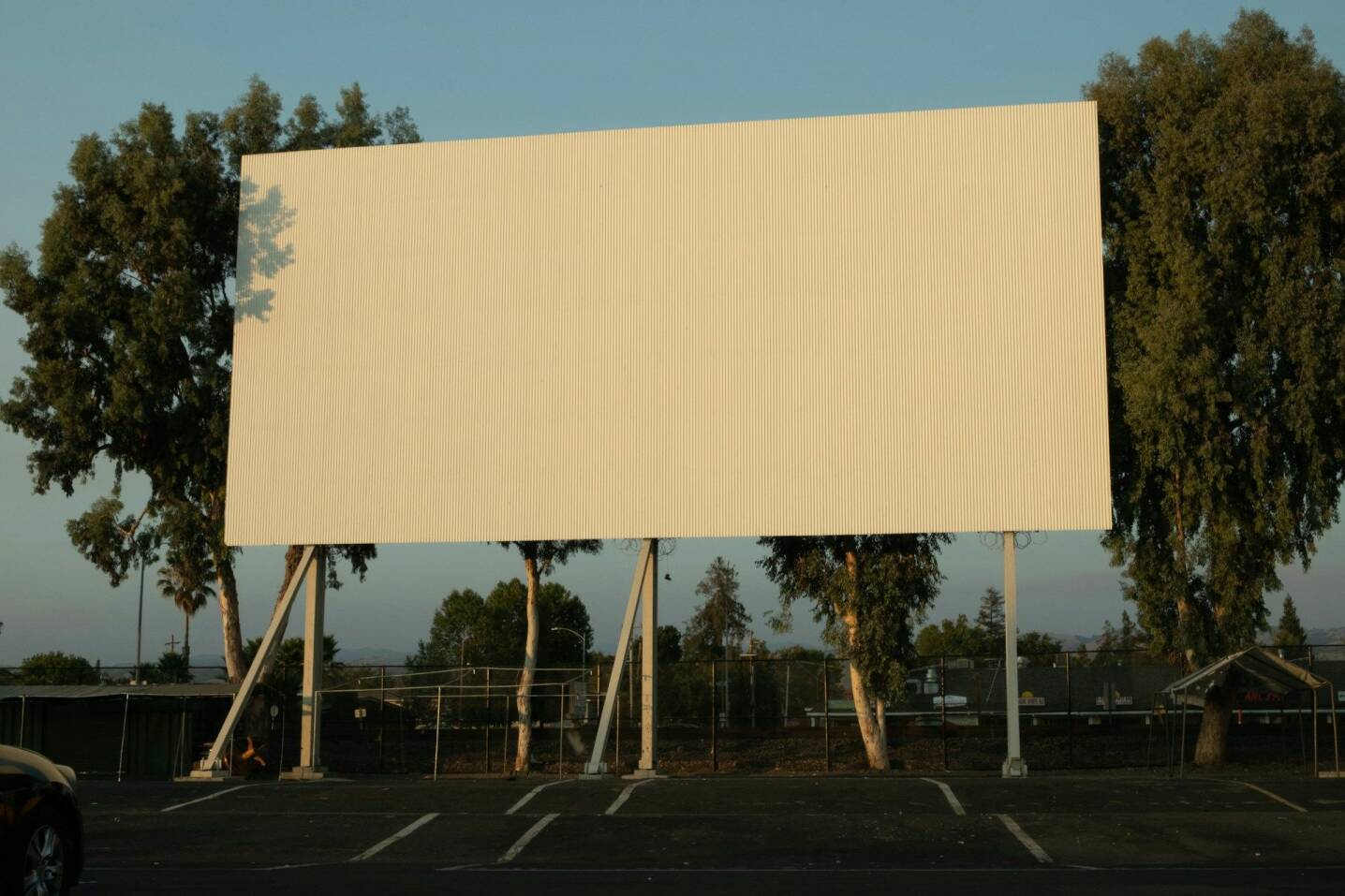
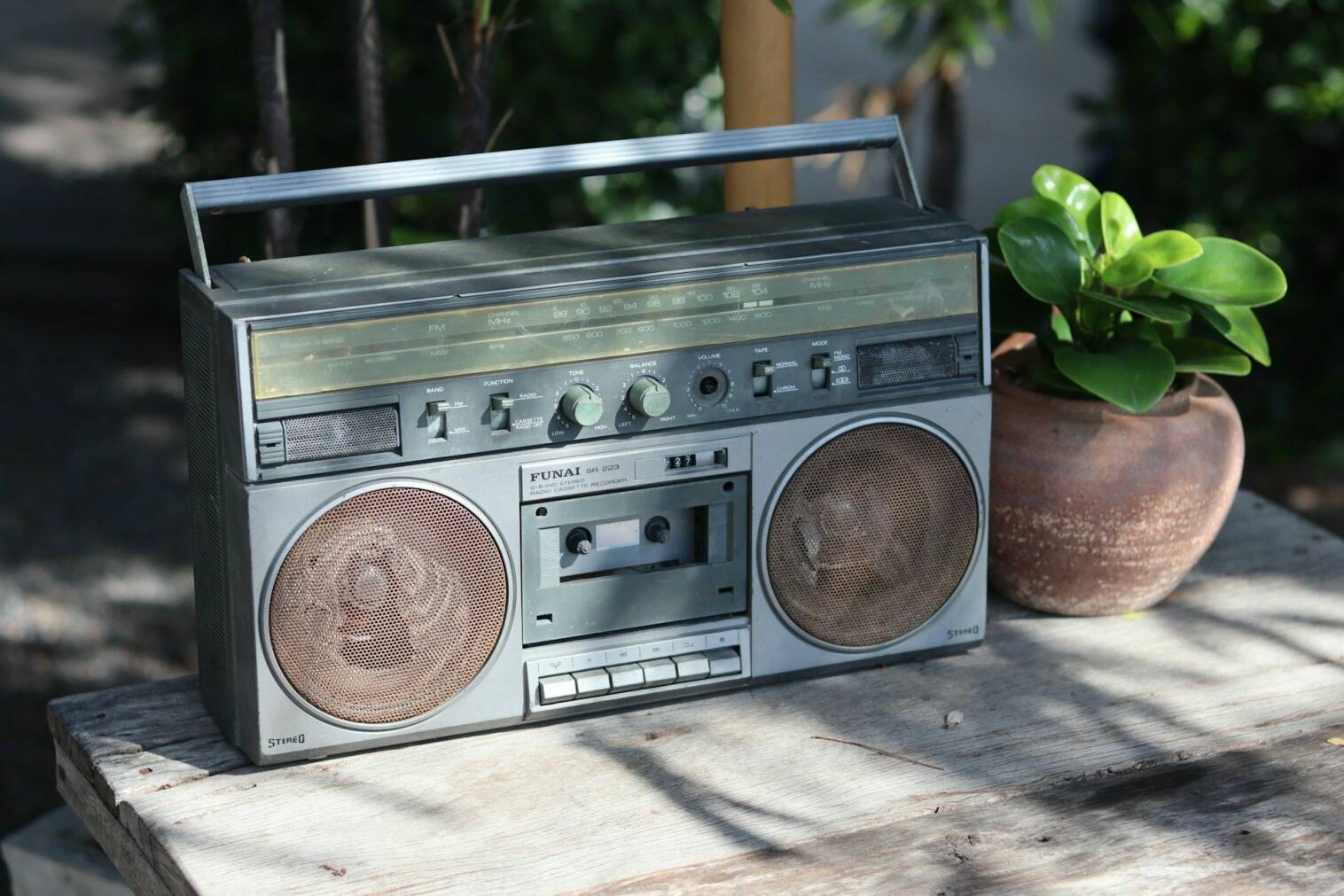






BACK TO TOP
© Spark Foundry 2023 | Privacy notice | Cookie notice | Visit Spark Foundry website
Q4 2022
Q2 2023
Q1 2023
Q3 2022
Q2 2022
Contact us


Sustainability

GAMING AND TECH

Find out more about the other themes covered by Insights Accelerated:
IMPLICATION #3:
The best campaigns are the ones that fully wield the power of OOH
OOH is everywhere but perhaps that presence has led brands to overlook how to get the best out of it. There are so many ways to be creative within OOH, whether it’s innovative executions or just utilising the ability to be hyper local and targeted in activations. This has never been truer with the steady rollout of programmatic OOH, which makes OOH more adaptable than ever.
The issue is that while a handful of brands do incredible work in OOH, it is pulled down by the volume of generic ads that people don’t necessarily feel represent them.
The positive news for brands is that there is so much value available for those who take the time to use the channel properly. Coupling the right creative with the right environment will allow businesses to reflect the customers they’re trying to win over.
While it’s true that offline media typically skews towards an older audience and online typically skews towards a younger one, it doesn’t mean that only young people go online, and only older people use traditional media channels. When brands come to producing ad copy, it’s easy to fall into the trap of thinking that your online creative should be younger feeling or to create a media plan where you target older audiences with offline and younger with online. However, brands should resist this temptation as the results of our survey suggest that we’re just perpetuating the stereotype.
Luckily, the solution couldn’t be easier – just use one creative for use across both platforms. Instead of spending huge amounts of time and effort creating multiple assets, perhaps spend that time and effort on making one ad really stand out. With a clearer focus, brands can make even more effective ads that also resonate better with older audiences.
IMPLICATION #2:
Sometimes, broad is best
Just because you can’t hear race doesn’t mean you can’t talk about it. It’s no wonder that brands such as WhatsApp are seeing incredible results by running campaigns where they partner with Black, Asian and minority ethnic and LGBTQ+ talent to have hosts read out the story.
Audio is known for its engaging ads, cost efficient CPMs and strong ROI. This tells us that radio can be extremely impactful and, with a bit more creative thought to help make advertising engage with even more listeners, there’s potentially even more revenue on the table for brands.
IMPLICATION #1:
Brands can squeeze even more ROI out of radio
Only 35% of respondents felt they were well represented by the ads they see on OOH, putting it towards the bottom of the pack. This is a consistent theme seen across most audiences meaning that no one feels particularly well represented by the ads they see on OOH.
Given that OOH is arguably the channel with the closest ties to local communities, not to mention their investment in community projects, this comes as a huge of a surprise.
INSIGHT #3:
Out of Home ads are surprisingly unrepresentative
INSIGHT #2:
Advertising in online newspapers has an age issue
Only 36% of people feel they are well represented by online newspaper ads. Interestingly, this is driven by age. Under 30% of 55+ readers feel well represented by the ads they see online. This lack of representation of advertising to 55+ readers brings the overall total for online newspaper ads down to one of the lower scoring channels.
We believe this is caused by a tendency for brands to skew their online advertising towards younger audiences or to exclusively target young people online.
Radio advertising is one of the lowest scoring mediums for representation. Only 32% of people feel they are well represented by radio ads, which is the third lowest channel of those surveyed. This is a consistent trend across all listeners with no segment feeling that they’re catered for.
Radio clearly suffers from the fact that it’s not a visual medium. We see the impact of this in the fact that only 35% of Black, Asian and minority ethnic respondents felt that they were represented by radio adverts, which identifies an inherent challenge – you can’t hear race.
INSIGHT #1:
Advertising on the radio is too generic in its Diversity
Diversity in advertising has never been more important but are brands doing enough to address diversity in their campaigns and is this getting through to consumers?
We’ve surveyed diverse groups within the UK - including Black, Asian and minority ethnic, LGBTQ+, and Neurodivergent individuals - to understand how well represented they feel in advertising and what they expect from brands.
BACK
DIVERSITY






